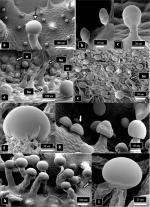acespicoli
Well-known member
That looks like an interesting plant. How North can this one be successful you think? I am at 51N altitude, so not sure if that is too far to the cold side already?

SeedFinder climate specification :: Outdoor Areas :: Overview :: SeedFinder.eu
Find cannabis/marijuana strains for specific climatic zones, according to the actual Klever/Frankenberg specification system.
I would try this first, maybe you find what best suits your preference
You could try to auto some skunk they flower fast some (45 days) but initiate late
Theres someone here @ IC working haze autos @MadMac check his out


Santa Marta - Wikipedia

Red Head - Mel Frank
Attachments
Last edited:

















